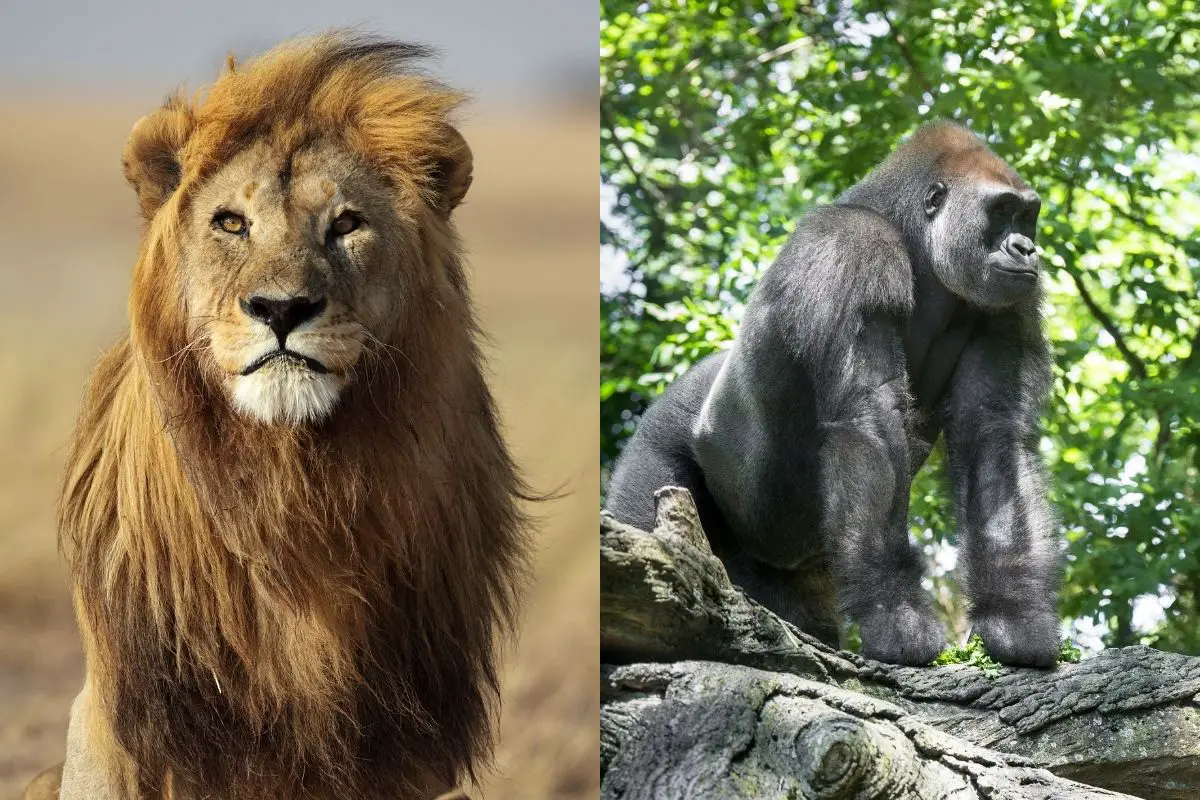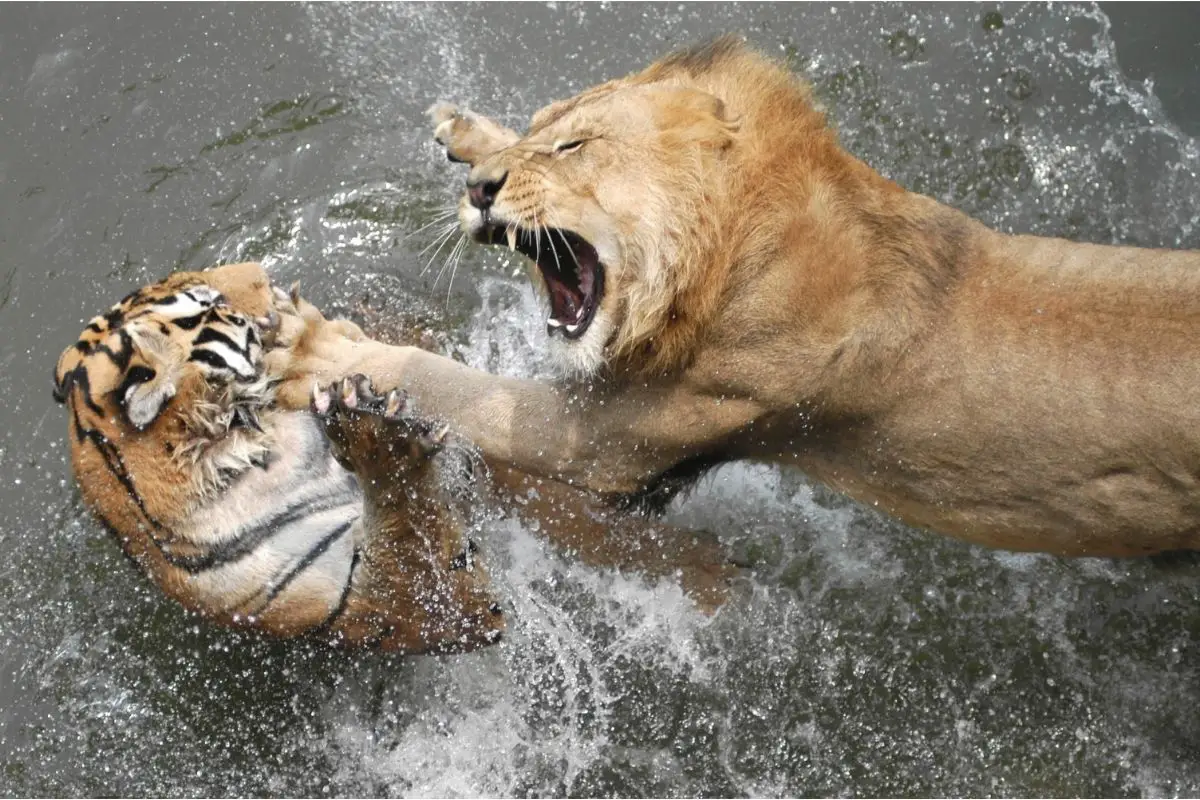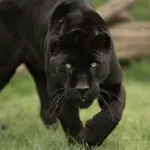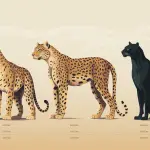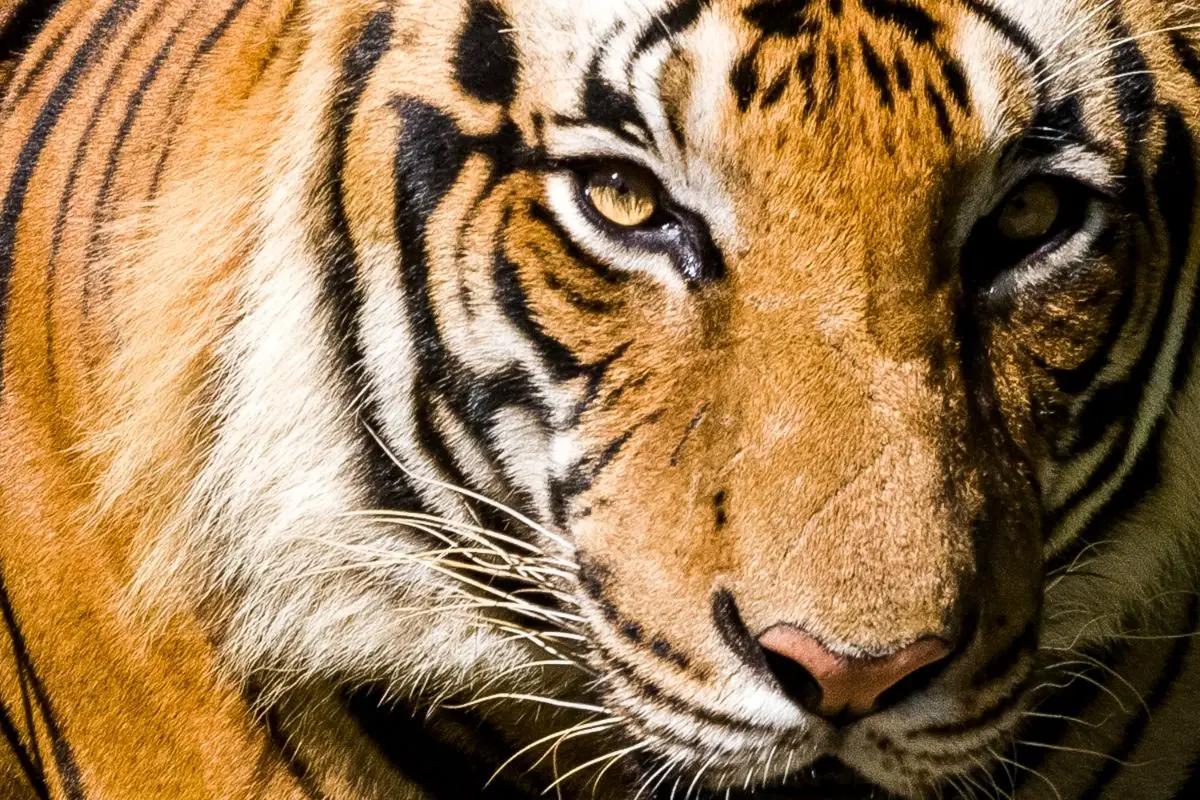When it comes to the ultimate showdown between nature’s most powerful predators, few comparisons are as fascinating as exploring what is the jaguar bite force vs a tiger. These magnificent big cats have evolved unique hunting strategies and jaw mechanics that make them formidable apex predators. While both species pack incredible power in their jaws, the scientific reality might surprise you – and it’s not just about who bites harder.
Recent biomechanical research has revealed some jaw-dropping facts about these feline powerhouses. Jaguars, despite being smaller than tigers, actually deliver the strongest bite force of any big cat relative to their body size. Meanwhile, tigers compensate with their massive size and razor-sharp canines that can reach up to 3 inches in length. Let’s dive deep into the science behind these incredible predators.
The Science Behind Big Cat Bite Forces
Understanding what is the jaguar bite force vs a tiger requires examining the sophisticated measuring techniques scientists use to study these powerful predators. Researchers employ bite force transducers, computer modeling, and detailed skull analysis to calculate the pounds per square inch (PSI) these cats can generate.
Jaguar Bite Force: Nature’s Ultimate Crusher
Jaguars possess the most powerful bite of all big cats, delivering an astounding 1,500-2,000 PSI. This incredible force stems from their unique skull anatomy – shorter and broader than other big cats, with proportionally massive jaw muscles. Their Bite Force Quotient (BFQ) of 137 is the highest among all big cats, making them nature’s ultimate bone crushers.
What makes jaguars truly remarkable is their hunting strategy. Unlike other big cats that typically suffocate their prey, jaguars go straight for the kill by crushing skulls and piercing through turtle shells with ease. This adaptation allows them to take down caimans, giant otters, and even tackle formidable prey like crocodiles in their South American habitat.
Tiger Bite Force: Size Meets Power
Tigers deliver a bite force of 1,000-1,200 PSI, which while lower than jaguars, is still incredibly formidable. Their BFQ of 127 reflects their different hunting approach – tigers rely more on their massive body weight (220-660 pounds compared to a jaguar’s 120-300 pounds) and longer canines to take down prey.
Tigers compensate for their relatively lower bite force through sheer size and technique. Their 3-inch canines are perfectly designed to puncture vital organs and maintain a death grip on large prey like deer, wild boar, and even buffalo. This makes them incredibly effective hunters despite not having the crushing power of jaguars.
Evolutionary Adaptations: Why Jaguars Bite Harder
The remarkable difference in bite force between jaguars and tigers reflects millions of years of evolutionary adaptation to different environments and prey types. Jaguars evolved in the dense rainforests of South America, where they needed to crack through the tough shells of turtles and the armored hides of caimans.
Skull Structure and Jaw Mechanics
Jaguars have developed several key anatomical features that contribute to their superior bite force:
- Broader skull design – Provides more space for larger jaw muscles
- Shorter jaw length – Creates better mechanical advantage for crushing
- Enlarged temporal muscles – The primary muscles responsible for bite force
- Reinforced skull structure – Can withstand the stress of powerful biting
Tigers, conversely, evolved in the grasslands and forests of Asia, where their prey consists mainly of large mammals with softer tissues. Their longer skulls and canines are optimized for deep penetration and maintaining grip rather than pure crushing power.
Bite Force in Action: Hunting Strategies Compared
Understanding what is the jaguar bite force vs a tiger becomes even more interesting when we examine how each species uses their bite force in real hunting scenarios.
Jaguar Hunting Techniques
Jaguars are ambush predators that rely on their crushing bite to deliver quick, decisive kills. They often:
- Target the skull directly, crushing it with their powerful jaws
- Pierce through turtle shells to reach the meat inside
- Crack caiman skulls like nuts
- Use their bite to break bones and access marrow
This hunting style is similar to other powerful predators in the big cat family. For comparison, lions have a significantly lower bite force at around 650 PSI, making jaguars truly exceptional among their relatives.
Tiger Hunting Techniques
Tigers employ a more traditional big cat approach:
- Stalk and ambush large prey
- Use their weight to knock down victims
- Deliver a suffocating bite to the throat
- Maintain grip until the prey expires
This technique is highly effective for their preferred prey and reflects the broader hunting strategies seen across the different big cat species.
Comparing All Big Cat Bite Forces
To put the jaguar vs tiger bite force comparison in perspective, here’s how all major big cats stack up:
- Jaguar: 1,500-2,000 PSI (BFQ: 137)
- Tiger: 1,000-1,200 PSI (BFQ: 127)
- Lion: 650 PSI (BFQ: 112)
- Leopard: 300-310 PSI (BFQ: 94)
- Cheetah: 400-500 PSI (BFQ: 119)
For additional context, humans have a bite force of only 162 PSI, making even the “weakest” big cat incredibly powerful by our standards. Interestingly, spotted hyenas can generate about 1,100 PSI, placing them between leopards and tigers in terms of raw bite power.
According to research published by the National Geographic Society, these bite force differences reflect each species’ evolutionary adaptation to their specific ecological niche and preferred prey types.
Factors That Influence Individual Bite Force
When exploring what is the jaguar bite force vs a tiger, it’s important to understand that individual animals can vary significantly from the averages. Several factors influence bite force strength:
Size and Gender Differences
Male big cats typically have 20-30% stronger bite forces than females due to:
- Larger overall body size
- More developed jaw muscles
- Broader skull dimensions
- Higher testosterone levels promoting muscle development
Age and Health Factors
Prime adult cats (4-8 years old) typically have the strongest bite forces. Juvenile and elderly cats show reduced bite strength due to underdeveloped or deteriorating muscle mass and bone density.
Geographic Variations
Different subspecies can show notable variations. For example:
- Pantanal jaguars (largest subspecies) likely have higher bite forces than smaller Central American jaguars
- Siberian tigers may have stronger bites than smaller Sumatran tigers
Who Would Win: Jaguar vs Tiger?
While jaguars have the stronger bite force, a hypothetical confrontation would likely favor the tiger due to several factors:
Tiger Advantages
- Size advantage: Tigers can be 2-3 times heavier than jaguars
- Longer reach: Longer legs and body provide combat advantages
- Longer canines: Better for deep penetration and grip
- More aggressive temperament: Tigers are generally more confrontational
Jaguar Advantages
- Superior bite force: Can crush bones that tigers cannot
- More muscular build: Higher muscle-to-body-weight ratio
- Better swimmer: More agile in water environments
- Stockier build: Lower center of gravity, harder to knock down
Similar size-vs-technique dynamics play out in other big cat comparisons, such as the classic debate over whether tigers or lions are the true king of the jungle.
Conservation Implications and Modern Research
Understanding bite force isn’t just academic curiosity – it has real conservation implications. Both jaguars and tigers face significant threats from habitat loss and human encroachment.
Recent studies by the Smithsonian Institute have used bite force analysis to understand how these predators adapt to changing prey availability and habitat fragmentation. This research helps conservationists develop better protection strategies for both species.
Population Status
- Jaguars: Approximately 15,000 individuals remaining in the wild
- Tigers: Approximately 4,500 individuals across all subspecies
Both species are considered threatened, with tigers being critically endangered. Their powerful bite forces, while impressive, can’t protect them from the primary threats they face: habitat destruction and illegal hunting.
Conclusion: The Verdict on Jaguar vs Tiger Bite Force
So, what is the jaguar bite force vs a tiger? The science is clear: jaguars possess the stronger bite at 1,500-2,000 PSI compared to tigers’ 1,000-1,200 PSI. This makes jaguars pound-for-pound the most powerful biters in the big cat world, with evolutionary adaptations specifically designed for crushing bones and shells.
However, tigers compensate with their larger size, longer canines, and different hunting strategies that prove equally effective in their natural habitat. Both cats represent millions of years of evolutionary perfection, each adapted to dominate their respective ecosystems.
The next time you’re watching a nature documentary or visiting a wildlife sanctuary, remember that you’re witnessing two of nature’s most perfectly designed predators. While they may never meet in the wild, their comparison teaches us valuable lessons about adaptation, evolution, and the incredible diversity of hunting strategies in the natural world.
For more fascinating insights into big cat behavior and biology, explore how these predators interact with other species, such as the complex predator relationships between lions and cheetahs. The world of big cats continues to surprise and amaze us with each new scientific discovery.
- Bengal Cat vs Wild Bengal Tiger: Complete Comparison 2025 - October 31, 2025
- Complete Wild Cat Spotting Guide for Hikers 2025 - October 31, 2025
- Lynx vs Bobcat: Complete Field Identification Guide 2025 - October 30, 2025

